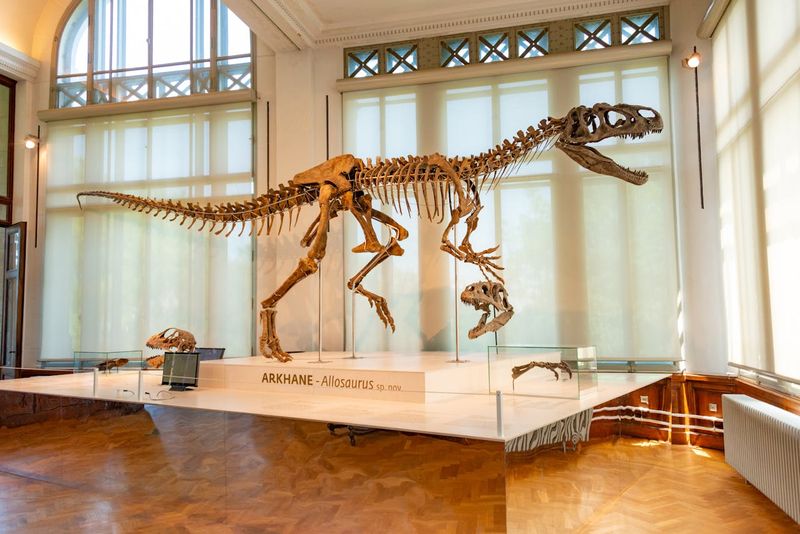Hold onto your hats, adventure seekers! Have you ever dreamed of stepping back into a world where dinosaurs were the rulers of the Earth? Well, pack your virtual bags because we're heading to Meghalaya, India, where scientists have recently unveiled a discovery straight out of a prehistoric saga: dinosaur fossils that have slumbered through the ages, dating back a staggering 100 million years.
Here all we know about dinosaur fossils in Meghalaya, India

In the serene expanse of the West Khasi Hills, the Geological Survey of India (GSI) has hit the paleontological jackpot, uncovering over 25 fossil specimens. These relics of the ancient past are believed to be from sauropods — massive, long-necked dinosaurs that might have been the lords of their realms. The find isn't just exciting; it’s a window into a long-gone era of giant creatures that thrived in what is now the Indian subcontinent.
What makes this discovery in Meghalaya truly thrilling is its potential to rewrite some chapters of Earth's historical narrative. It suggests that this area was once a thriving habitat for dinosaurs, which could lead to further insights into the prehistoric ecosystems of the region.
This is the first time that sauropods likely descended from Titanosaurus have been found in the area, according to the GSI team. Meghalaya is now the fifth state in India to reveal sauropod bones of Titanosaurian affinities, following Gujarat, Madhya Pradesh, Maharashtra, and Tamil Nadu.
So, why is this important? Beyond the sheer awe of uncovering dinosaurs, these fossils provide invaluable information about the evolutionary history and geological changes of our planet. They help scientists piece together the puzzle of Earth’s ancient life forms and environments, offering clues to how our world has transformed over millions of years.
How do the dinosaur fossils in Meghalaya appear?

Some of the physical characteristics that point to a Titanosaurid affinity are the bone's toughness, the lateral edges' differing curvatures, and the proximal border's relative straightness, according to researchers. They claimed that another 45 cm-long fragmentary limb bone is likewise related to the limb bones of the Titanosauriform clade. The fossils that remained the best retained were the 55 cm-long limb bones of the dinosaur.
As we marvel at this remarkable find, let’s celebrate the relentless spirit of discovery that leads us to uncover the secrets of our Earth’s ancient past. Who knows what other mysteries lie waiting to be unearthed? Stay tuned as the story of these Meghalayan dinosaurs unfolds, promising to add exciting new layers to your understanding of the prehistoric world!


_1715666928428_thumb_1200.jpeg?w=3840&q=75)
_1680624170958_thumb_300.png)
_1682479787005_thumb_300.png)